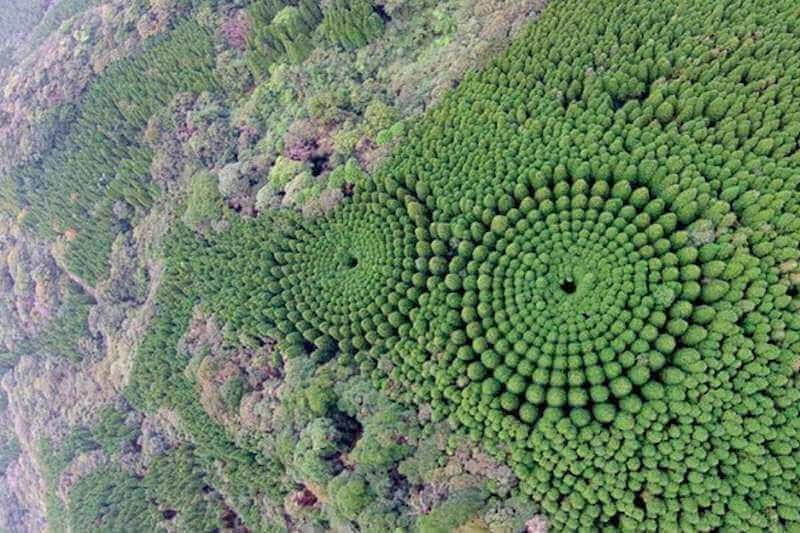
Climate change is undoubtedly affecting our forests in dramatic ways. Hotter summers, warmer winters, insect infestations and changing rainfall patterns are killing millions of trees each year. Although debate continues about what causes climate change; the burning of fossil fuels or natural sun cycles, there is no doubt that weather patterns all over the world are changing.
The advantages of cultivating trees reach far beyond the benefits offered by a lone tree, influencing the adjacent environment and ecosystem in positive ways. By investing time in tree planting and care, we contribute to the counteraction of climate change, enhancement of biodiversity, and promotion of the vitality and wellness of our natural world.
The act of tree planting stands as the most cost-effective and efficient strategy to combat the detrimental consequences of climate change. Trees love carbon – in fact, carbon dioxide is food for them and forests all over the planet sequester millions of tons a day. Unfortunately, polluting industry and billions of carbon footprints each day negate the capacity of the world’s current forest cover to compensate.
The traditional method of creating a commercial tree plantation is by planting trees in parallel rows covering several acres. These plantations are mono-cropped, with tree species chosen by location and future harvest value and they stand out against indigenous forest cover due to their unnatural one-tree composition. Without species variety, mono-cropped tree plantations are more susceptible to insect damage and disease.
It takes between 15 and 20 years of growth before softwood trees can be harvested for pole wood and at least 50 for dimensional lumber. Hardwoods can take as long as 80 years to grow into veneer grade sawlogs.

Crop Circle Tree Plantation trees are planted in large looping spirals rather than parallel rows. The spiral design opens up the plantation to maximum sunlight, which accelerates limb growth each spring and early summer. Crop Circle Tree Plantations ® are planted with 2 or 3 companion plant tree species compatible with one another. Varied tree plantings closely mimic trees grown in natural forests and as such are able to better fend off insects and disease. Planting softwoods and hardwoods together is an option where dictates warrant stronger protection. Example of muti-cropped crop circle plantations are:

Synergies created by the spiral and a multi-cropped domain combine to grow trees 10 to 20% faster than a conventional plantation. Crop Circle Tree Plantations build vibrant ecosystems attracting and support a wide variety of flora and fauna. Seed droppings that grow into seedlings from the fertile forest floor grow into tall, almost branch free saplings that can be pulled and planted in new Crop Circle Plantations. Planting 30 or 40 foot, almost clear wood tree saplings would create an instant forest and provide quicker returns for timber investors.
Join us planting trees at one of our non-profit tree plantation projects. You can help by donating your time, donate money or suggest an area of the country or part of the world that may need a Crop Circle Tree Plantation to provide local jobs and support the environment.
Rosewood has risen from $18 to $55 per board foot due to import bans introduced by Brazil some years ago and environmentalists predict the imminent demise of this tree from years of illegal logging. A 2013 census revealed that as much as 90% of the country’s virgin forest had been harvested. Demand from China in particular; have driven this tree to the edge of extinction. In an effort to find a work around to these import bans, international investors are searching regions of the world that may be suitable for growing Rosewood, however they may be missing an opportunity to grow Rosewood right here in the United States.
Invest in growing rosewood in the United Sates Virgin Islands where the sub-tropical climate is ideal for growing rosewood. Because rosewood is grown on U.S, protectorate soil, there is no ban on importing the wood into the continental U.S.
Ready to transform your land into a high-yield, sustainable farm? Let Crop Circle Farms design and build a custom, low-impact, and water-efficient farm tailored to your needs. Double your income and cut your costs in half! Contact Us
Help us expand our mission to revolutionize agriculture globally. We are seeking partners to implement Crop Circle Farms to feed people in need. Together, we can build scalable food production systems that save water, reduce costs, and feed thousands of people. Contact Growing To Give